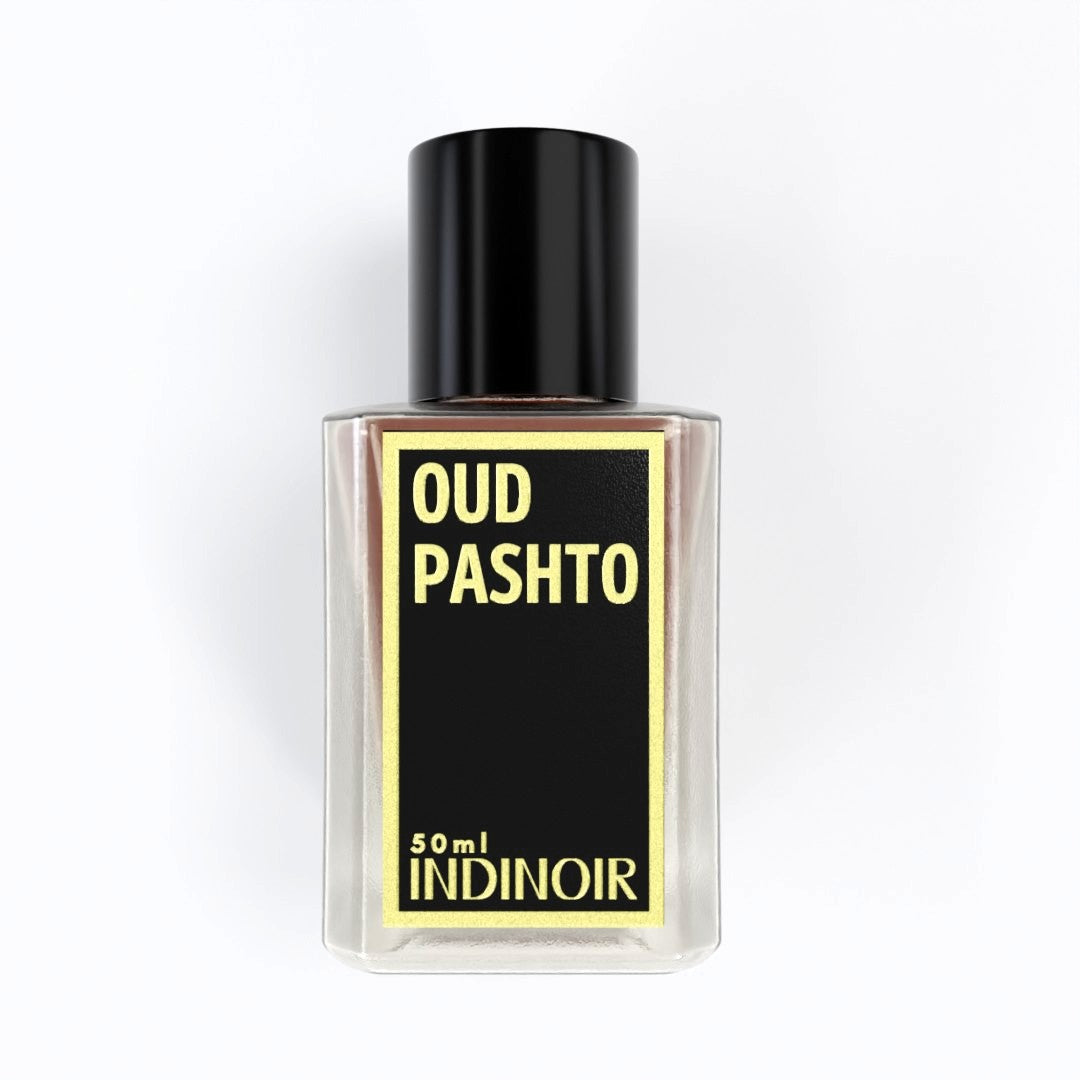The woman who sat next to me on the Metro last week wore Chanel No. 5.
She inspired this article
I knew this not because I asked her, but because my aunt wore it religiously for ten years, and the moment that aldehydic floral cloud hit my nostrils, I was eight years old again. Watching her spray it on her wrists before we went to the club. This is not a perfume review.
Your signature scent, assuming you have one, which in 2025 is increasingly unlikely, operates as a kind of neurological bookmark. Unlike visual or auditory memories that politely take the long route through your brain, scent molecules go straight for the jugular, so to speak. They barrel directly into the amygdala and hippocampus, the parts of your brain responsible for emotion and memory. With all the subtlety of your mother in front of a new girlfriend, relaying embarrassing stories about your childhood.
The numbers back this up in ways that should make you reconsider your entire approach to first impressions. Humans recall 35% of what they smell, but only 5% of what they see. Which means, somewhat disturbingly, that your perfume is seven times more memorable than your face.
The Death and Resurrection (sort of) of the Signature Scent
For most of the 20th century, the concept was straightforward: You found your perfume, usually sometime in your early twenties, and you wore it until death or discontinuation, whichever came first. Sometimes even after discontinuation.
My mother wore Yardley, now Brunch at Tiffany’s. Her best friend wore Bombshell, now Darjeeling Musk. You can identify them in a dark room.
Then Gen Z arrived and promptly democratized the whole thing into oblivion. From perfumes that cost 399₹ to perfumes that cost 7000₹. There’s an audience for everything.
According to recent market research, 73% of people aged 13 to 26 wear multiple fragrances in a single week. Treating perfume less like a signature and more like a wardrobe. They're not wrong to do this. You wouldn't wear the same outfit to a funeral and a rave but it does represent a philosophical shift. The question is no longer "What's your perfume?" but "What are your perfumes, and which version of yourself is each one signaling?"
Welcome to the era of "mood-scaping," a term that the fragrance industry has coined to describe choosing your scent based on emotional aspiration rather than brand loyalty.
Want to feel powerful? There's an oud for that.
Need softness? Someone's bottled a flower.
Feeling in control? Try the animalic Musk and Amber
The modern fragrance wardrobe is essentially emotional cosplay. Prestige fragrance sales jumped 14% in 2024, driven largely by young people who spend an average of ₹10,000 annually on perfume—₹6000 more than the rest of us.
How Perfume Actually Works (The Technical Bit. Bear with me )
Every fragrance is built on what we perfumers call the "olfactory pyramid," which sounds mystical but is really just a fancy way of describing how a perfume reveals itself over time.
First, the top notes, the bright, attention-grabbing entrance that lasts maybe twenty minutes. This is your citrus, your mint, your "oh, that smells nice" moment at the perfume counter. These molecules are small and volatile, the perfume equivalent of a short person in heels: all lift, no staying power.
Then, the heart notes emerge, usually floral or spicy, lasting several hours. This is where the perfume's actual personality lives. The top notes got you to lean in; the heart notes make you stay.
Finally, the base notes settle in for the long haul: sandalwood, vanilla, musk, patchouli. These are the molecular anchors that cling to your clothes for days and make people ask "What are you wearing?" six hours after application. They're also, not coincidentally, the notes that smell like sex and wood shavings, because perfumers understand that we're all just animals trying to seem sophisticated.
This is why I always say the best way to test a perfume is over time. Buy a decant or a tester. Wear it for a day.
This carefully constructed pyramid interacts with your skin's unique pH, oil content, diet, hormone levels, and even medications. Which means Chanel No. 5 smells different on everyone, despite being made of the exact same ingredients.
The perfume you spray on is an Insinuation; what it becomes on your skin is a Collaboration.
The Fragrance that started the Trend of Signature Scent
Speaking of Chanel No. 5: In 1921, when Coco Chanel asked perfumer Ernest Beaux to create a scent that would make a woman "smell like a woman, not a rose," she was making a statement that had less to do with botany and more to do with class warfare.
At the time, respectable women wore single-note florals that smelled like they'd been rolling around in a garden. Courtesans, on the other hand, wore heavy, animalic scents loaded with musk and indolic jasmine—the olfactory equivalent of a red light.
The social message was clear: You could smell like a virgin or a whore, but there was no middle ground.
Beaux's solution was revolutionary specifically because it obliterated that binary. He used aldehydes : synthetic compounds that smell like clean linen and expensive soap. Combined them with both the "respectable" florals and the "provocative" musk. The result was a perfume that confused the hell out of the social order. It was ladylike but sexual, fresh but warm, traditional but utterly modern. A bottle sold every 30 seconds worldwide. That's not a signature scent; that's a cultural coup.
The bottle itself became iconic through sheer minimalism. While other perfume houses were still putting their juice in ornate crystal vessels that looked like something Louis XIV might use to store holy water, Chanel designed a simple rectangular bottle that looked almost pharmaceutical. "Pure transparency," she called it. "An invisible bottle." The irony, of course, is that it became the most visible bottle in the world.
Then Marilyn Monroe went and said she wore nothing to bed but a few drops of No. 5, and the whole thing entered mythology.
The New Rule (There Are No Rules)
So where does this leave those of us trying to smell like ourselves in 2025? The good news is that you have more options than any generation in history. The fragrance industry has shifted from launching individual perfumes to releasing entire collections, essentially pre-curating your scent wardrobe for you.
Current trends include musky florals that walk the line between boardroom and bedroom; "kooky gourmands" that smell like you've been eating chocolate bars in a library (like Bella); boozy scents that capture the sophistication of a ₹800 glass of whisky (like Tobacco Oud); and woody Middle-Eastern fragrances featuring oud and sandalwood (like Oud Pashto and White Sandal), for when you want to smell like you know things.
Basic psychology suggests you should start with emotion rather than notes.
Don't walk into a fragrance store asking for "something with bergamot."
Ask yourself: How do I want to feel? What do I want to project? Then spray things on your actual clothes, never those little tester strips, and live with them for at least six hours. A perfume's truth comes out in the base notes, the ones that stick around after the flashy introduction has left the building.
Testers here.
If you're feeling adventurous, try layering.
Perfume on top of body oil. Citrus over sandalwood. A little musk under everything. You're essentially mixing paint colors that don't exist in nature, creating something that can only smell like you because it literally couldn't exist on anyone else.
The Proustian Rush
The reason all of this matters comes back to that woman on the metro and my aunt’s Chanel No. 5.
According to research and Harvard’s own magazine, olfactory cues trigger emotional memories more effectively than photographs. Moreover, the first scent association you form with a smell typically stays locked in place despite all future experiences. Your brain is essentially running on first-come, first-served programming when it comes to scent.
Which means when you choose a signature scent, or several signature scents, because we're living in 2025 and you can have nice things, you're not just deciding how to smell.
You're deciding how to be remembered.
You're creating an emotional time capsule that will activate in other people's brains years after you've left the room.
No pressure.
Net Net ki baat
The most honest take comes from Jérôme Epinette, the perfumer behind Byredo's Bal d'Afrique, who admits that he doesn't have a single signature scent.
He chooses based on mood and occasion, just like the rest of us mere mortals trying to figure out how to smell like ourselves when we're not entirely sure who that self is on any given Tuesday.
Maybe that's the point. Your signature scent doesn't have to be singular. It just has to be yours—whether that means one perfect bottle you'll wear until they discontinue it, or a carefully curated collection that reflects the fact that you contain multitudes.
Either way, choose carefully.
Because according to the Smell & Taste Treatment & Research Foundation in Chicago, if something smells good, it's perceived as good—and that smell will linger in someone's memory long after they've forgotten what you look like.
Your face is temporary. Your perfume is forever.






Comments (0)
Back to A Beginners Guide to Fragrances